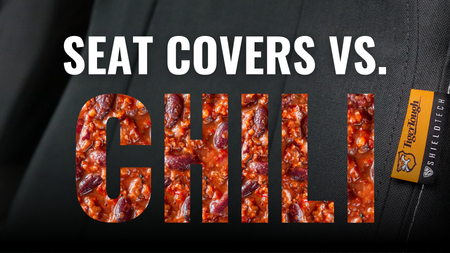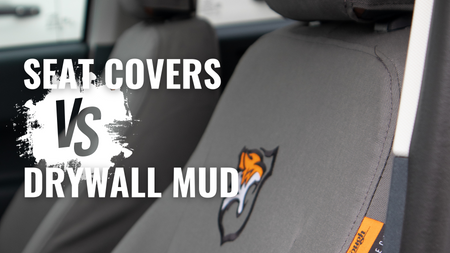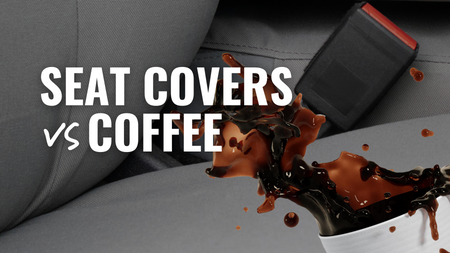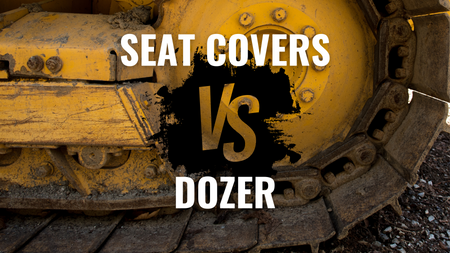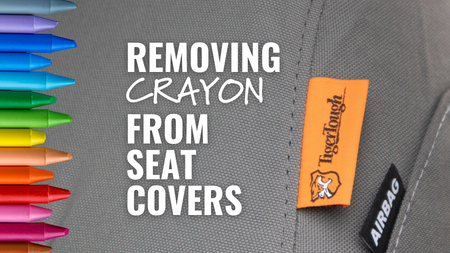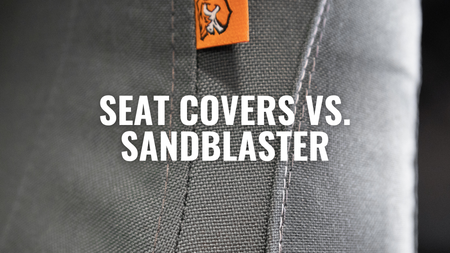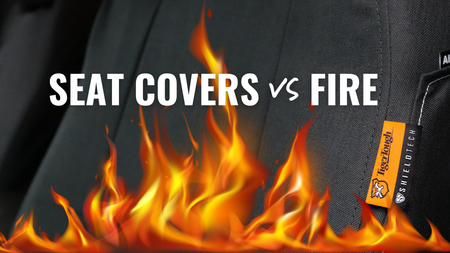Ever wondered just how spill-proof your seat covers can be? Inspired by a customer down south who accidentally tested her seat covers with a hearty spill of gumbo, we decided to put our own twist on the challenge. Being from Minnesota and not quite as familiar with gumbo, we opted for the next best thing—a two-dollar can of chili for this spicy torture test.
The moment the chili hit the seat, we knew our work was cut out for us. For the record, it smelled as bad as it looked—maybe even worse. But this was about more than just enduring a foul smell; it was a chance to prove the resilience of our seat covers.
We started by tackling the larger chunks with a paper towel. Once the big pieces were out of the way, we went to town with an all-purpose cleaner and more paper towels. It was a messy job, but someone had to do it, and we were determined to see it through.
After some vigorous scrubbing, the results were impressive. The seat cover looked pristine, with no stains or lingering smells. It was as if the chili incident had never happened.
This test goes to show that whether it’s gumbo, chili, or any other messy disaster you might encounter, our seat covers are up to the task. They’re not just built to handle the everyday wear and tear of getting in and out of your vehicle; they’re designed to stand up to the messiest of challenges.
So, go ahead and live your life—don’t worry about your seats. With TigerTough covers, they’re protected against spills, stains, and those unfortunate but sometimes inevitable smelly accidents.
